
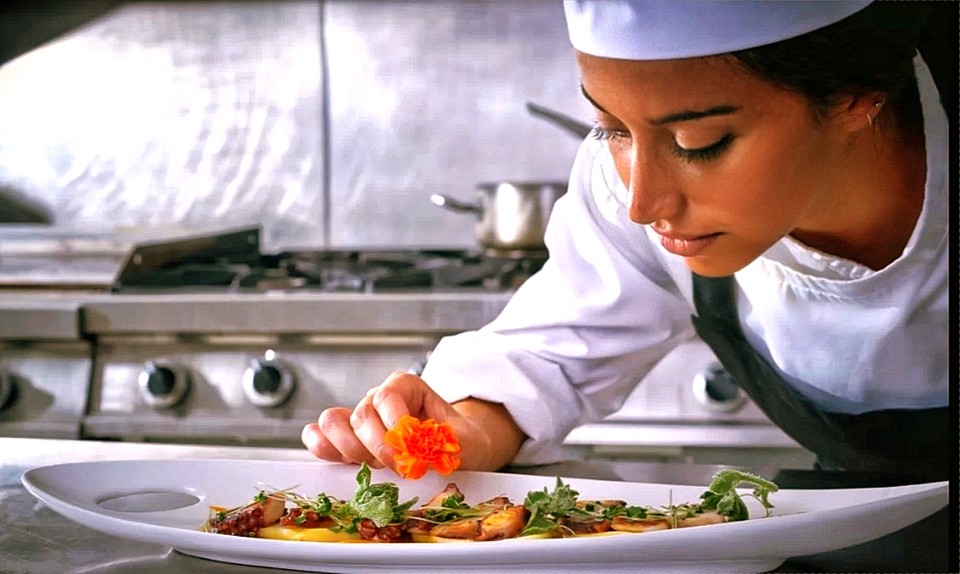
The Covid pandemic has impacted the hotel and restaurant industry significantly and recovering from it require re-examining all business aspects and bringing changes to meet the new normal expectations.
Fine-dining sector was hit hard and most restaurants could no longer offer on-premise dining. This challenge reinvented the post-pandemic fine-dining restaurant trends in respond to these changes and disruptions.
The good news is that it creates new opportunities for forward-thinking hotel owners and restaurateurs to restart fresh to implement innovative concepts and latest restaurant trends that can get more people in the door and create sought after dining destinations. If restaurants seriously consider the entire dining experience beyond just serving a meal, there are even opportunities to win coveted awards such as Wine Spectator or a place in the Michelin Guide.
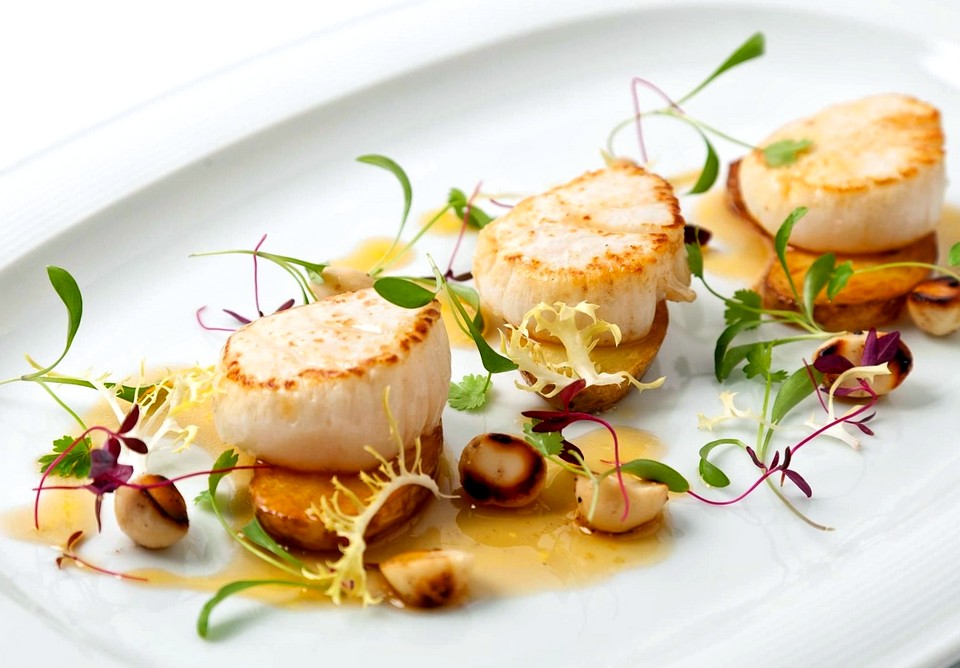
Wine Spectator’s Restaurant Awards recognize restaurants whose wine lists offer interesting selections, are appropriate to their cuisine and appeal to a wide range of wine lovers. To qualify for an award, a restaurant wine list must present complete, accurate information, including vintages and appellations for all selections. Complete producer names and correct spellings are mandatory, and the overall presentation of the list is also considered. Lists that meet these requirements are judged for one of the three awards; Award of Excellence, Best of Award of Excellence and Grand Award.
A Michelin star is part of the esteemed restaurant rating system used by the Michelin Guide all over the world. Restaurants featured on the Michelin guide can either be: Plate Michelin, Bib Gourmand, 1 Star Michelin, 2 Stars Michelin, and of course esteemed 3 Stars Michelin. Technically, to be a Michelin starred restaurant, they need to have at least one star. The Plate Michelin and Bib Gourmand recognizes brilliant restaurants which are just shy of the coveted Michelin stars. As expected, the more Michelin stars a restaurant have, the more highly rated it is by culinary experts.
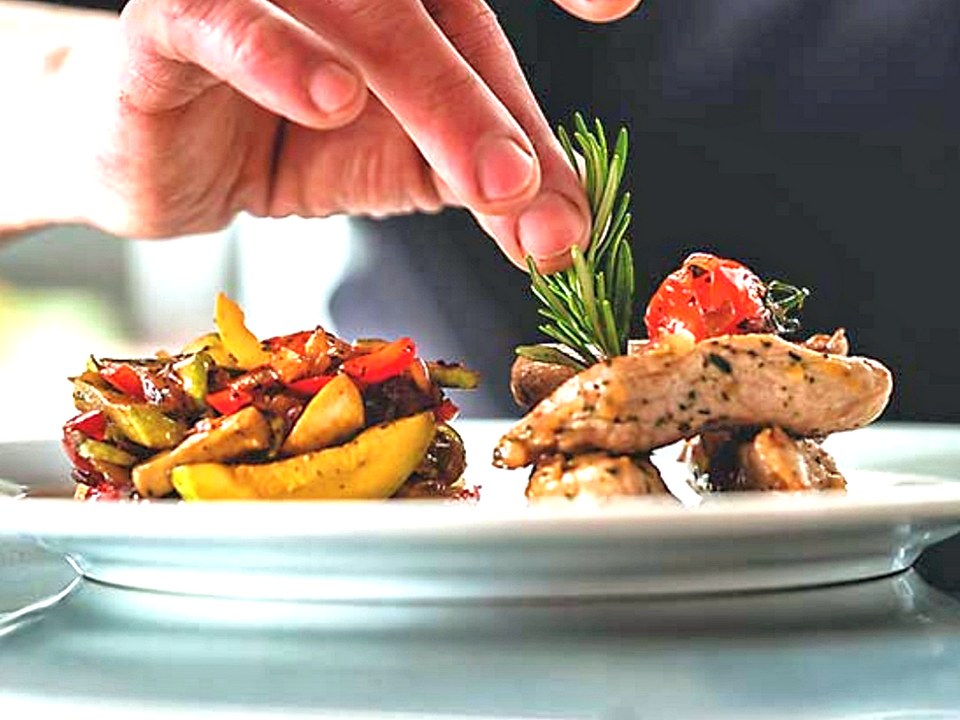
In the 2022 Michelin Guide Thailand edition, there are 361 dining establishments; 6 restaurants with 2 Michelin Stars (all retaining their status from previous year), 26 restaurants with 1 Michelin Star, 133 Bib Gourmand, and other 196 selected entries.
Apart from dining establishments awarded with the Michelin Stars, the Bib Gourmand, and the Michelin Green Star; the official selection of the 2022 Michelin Guide Thailand edition also recognizes an additional 196 eateries that provide good meals, capably prepared with fresh ingredients and good cooking. Out of this number, 91 are located in Bangkok & Surrounding Provinces, 16 in Ayutthaya, 37 in Chiang Mai, and 52 in Phuket & Phang-Nga.
It is notable that 51 are first-time entrants, 15 in Bangkok, 16 in Ayutthaya, 5 in Chiang Mai, and 15 in Phuket & Phang-Nga. This year’s Michelin Guide celebrates Ayutthaya as the latest city introduced into the Guide.
It is disappointing to see none of the restaurants in Pattaya are entered in the coveted list. With an innovative ambitious approach, many good restaurants in Pattaya could qualify to win international awards and accolades such as Michelin Stars and Wine Spectator awards. They have to look not just within their comfort zone but outside and beyond where all the innovation is happening. They need to come up with menus, wine lists and concepts that will ensure them a spot in the world’s most famous restaurant awards. Many fine dining restaurants are stuck in the past; they are not moving forward as they should, nor are they thinking as creatively as they should. It is not about serving the lengthy menus with old favorites like Caesar salad, lobster bisque and ribeye steak but offering tantalizing new menu items, wine lists and innovative restaurant concepts that makes memorable dining experiences for the guests.
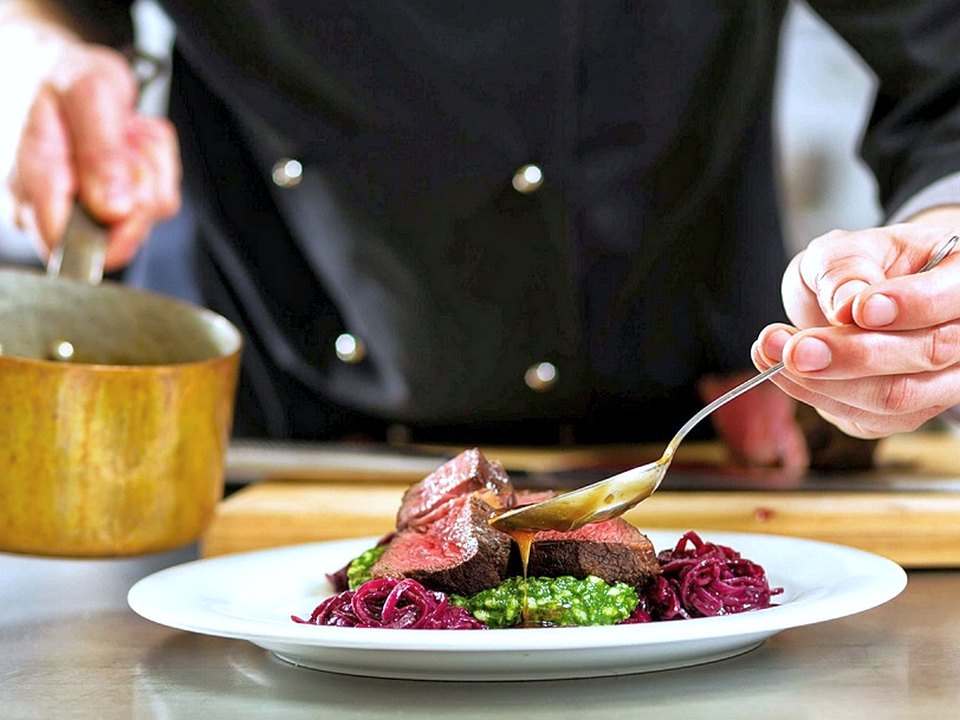
The days of multi-page lengthy menus are over. A short menu can slim down the food costs through streamlined inventory management, as well as reduced food waste. Trimming down the menu also gives chefs the chance to be more creative with the menu items, ultimately, improving food quality.
New restaurant trends show that accessing menus via personal devices is a quick and easy way for customers to see current offerings, place orders, and make changes. Other technologies such as QR codes, tableside kiosks, and menu apps also replace traditional menus to streamline the experience. Use of technology not only improves customer service but also reduces employee stress.
Ability to showcase the chef’s personality in the food is an important criteria to earn a Michelin Star. Originality, and more specifically, the chef’s character should be put on the plate, demonstrating uniqueness and individuality, which enables distinguishing the restaurant from other top restaurants.
Restaurants may consider offering innovative dining experiences such as “Chef’s Table”. The experience is not about culinary theater but showing off professional food preparation skills where guests are treated to unique signature dishes while learning cooking techniques. It doesn’t have to be a Michelin star chef, but having a team of talented chefs to rotate not only creates interest but also gives guests a reason to come back regularly when different chefs are featured. Diners are not just eating a delicious meal, but also learning about the unique culinary tips from the chefs while building a stronger connection between diners and chefs.
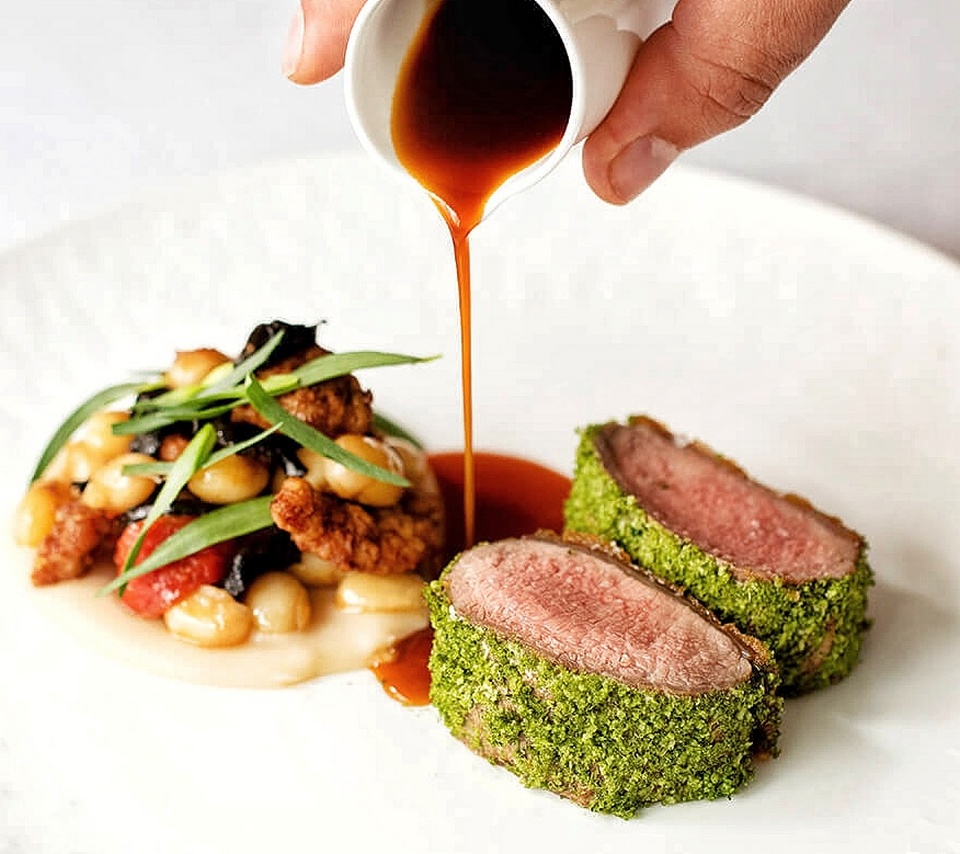
Fine- dining restaurants can offer chef’s creations such as fusion dishes created by their own chefs. This is a good way to tackle the supply chain issues and also gives the chefs the opportunity to offer unique dishes with their own style. There’s no limit to these dishes, and may include Thai fusion and Asian flare using local produce. Even seemingly simple ingredients can be elevated with the right flavors and cooking techniques. The combination of flavors, whether it is sweet or sour, bitter or spicy, salty or umami, can come together in various combinations to give the diner an experience of a lifetime.
Produce need not be premium or exotic but they definitely have to be fresh. In fact, restaurants that use simple ingredients can even earn their stars. Featuring ingredients such as truffle and foie gras will not guarantee restaurants to earn a Michelin Star.
Menus should be simple yet with an interesting flare such as street-food-inspired and authentic Thai food from ancient recipes. Local produce and ingredients should be incorporated in the menu, as diners are increasingly concerned about food sources and living healthy lifestyles. This, not only ensures optimum freshness that elevates the cuisine, but also encourages sustainability in the agriculture and restaurant industry that help boost up the local economy.
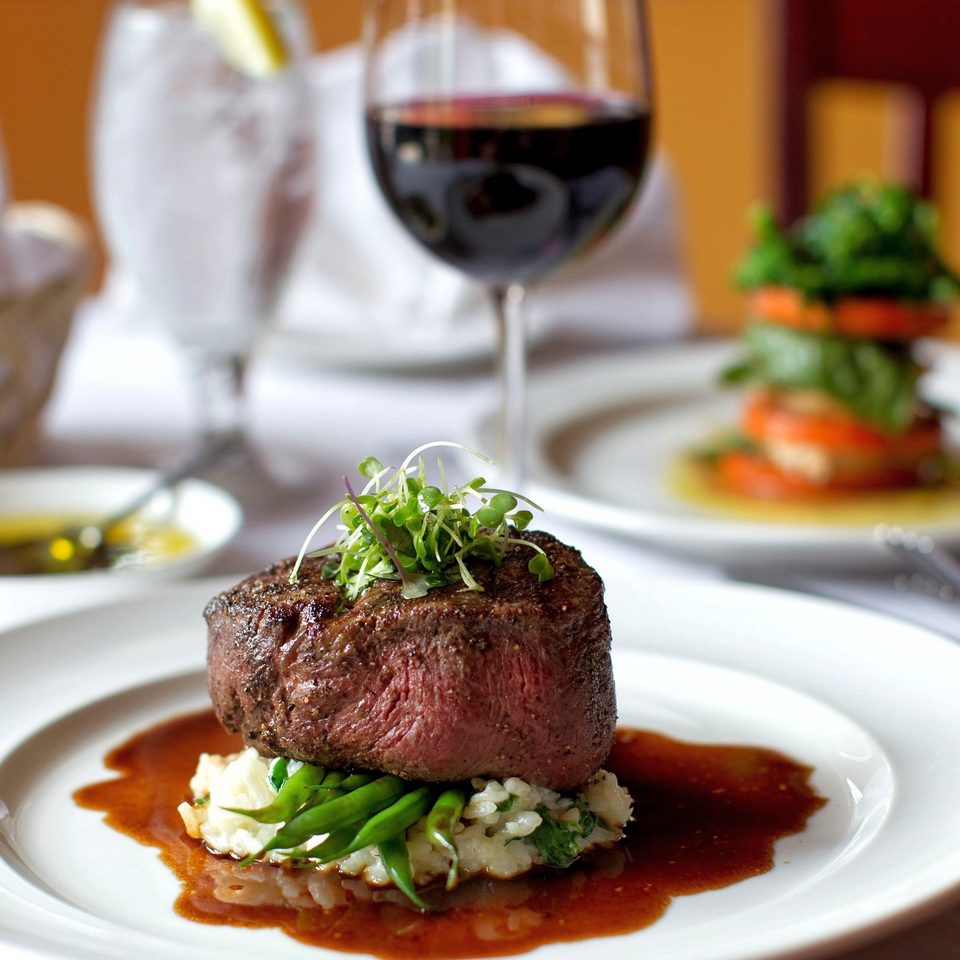
It is also important to provide diners with the best dining experience as well as value for money. Beyond just the taste of the food, the service as well as the ambience has to be right. By providing diners with a total fine dining experience the money paid will definitely be worth it.
How good is a restaurant at maintaining high standards? Good food is the result of much effort and it’s not a one-off thing, especially if a restaurant is looking to earn a Michelin star. Attention to detail, consistency, high standard of service and a tick in all the right boxes are essential to win a coveted Wine Spectator award or a spot in the world’s famous Michelin Guide.
 Ranjith Chandrasiri is a veteran hotelier, food and wine connoisseur, multilinguist with a wealth of knowledge and international hotel management experience in luxury hotels and iconic brands including InterContinental Hotels Group in Europe, Australia, Cambodia, Thailand and Sri Lanka. He is the Chairman of Sirius Hospitality Consulting in Thailand, former Group General Manager of Jetwing Hotels Group, Sri Lanka and Royal Cliff Hotels Group, Thailand, Founder/President of Royal Cliff Wine Club and deVine Wine Club, Bailli Honoraire (Honorary President) of Chaîne des Rôtisseurs, Pattaya, Thailand.
Ranjith Chandrasiri is a veteran hotelier, food and wine connoisseur, multilinguist with a wealth of knowledge and international hotel management experience in luxury hotels and iconic brands including InterContinental Hotels Group in Europe, Australia, Cambodia, Thailand and Sri Lanka. He is the Chairman of Sirius Hospitality Consulting in Thailand, former Group General Manager of Jetwing Hotels Group, Sri Lanka and Royal Cliff Hotels Group, Thailand, Founder/President of Royal Cliff Wine Club and deVine Wine Club, Bailli Honoraire (Honorary President) of Chaîne des Rôtisseurs, Pattaya, Thailand.




